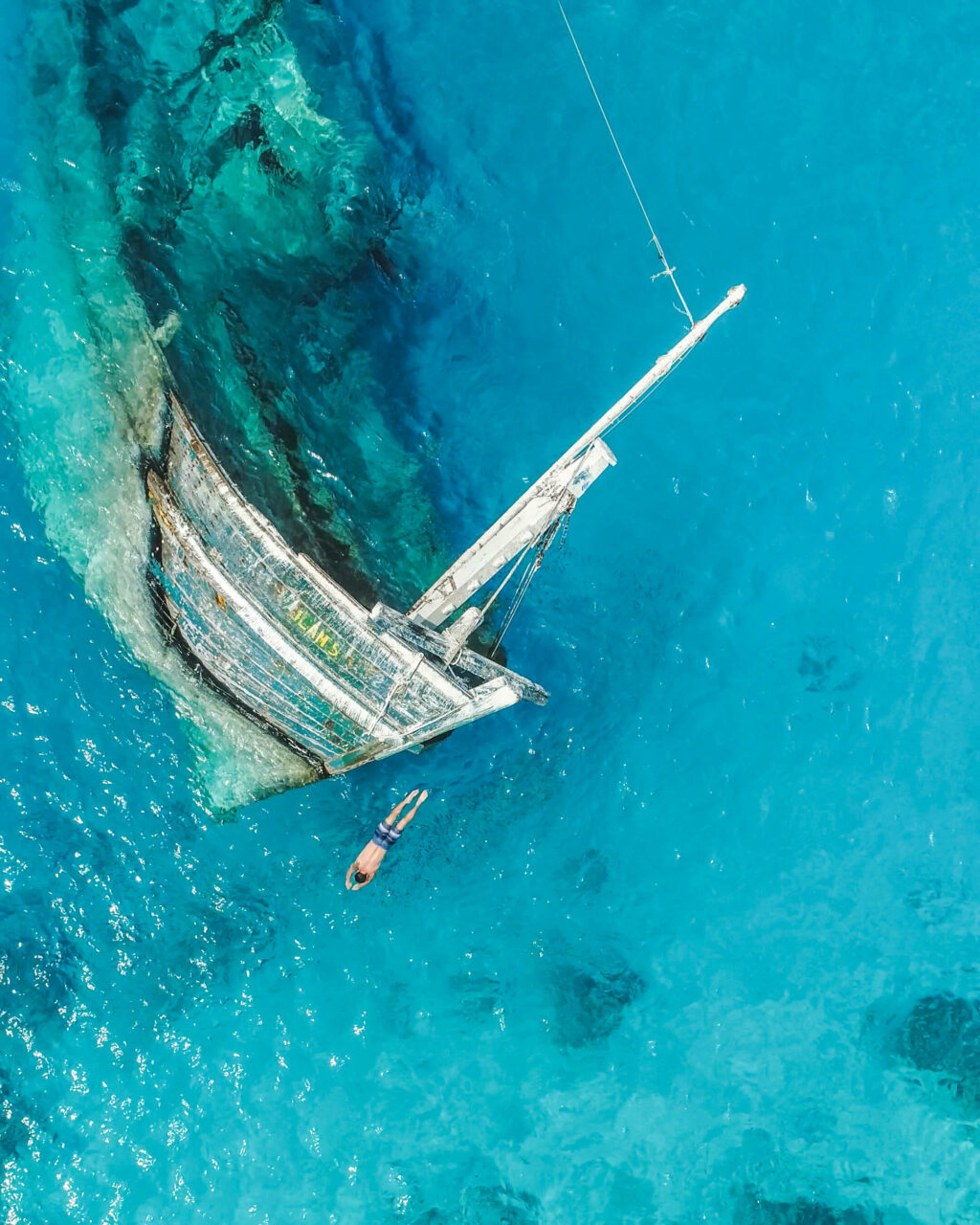Lead institution:
Museum of Archaeology, University of Stavanger – Norway
Gathered marine resources such as driftwood, seaweed, shellfish, coastal plants and eiderdown were vital elements of past subsistence, but are often overlooked. However, there has been increased interest recently in how such resources may benefit modern societies.
This interdisciplinary project uses ethnohistorical sources, archaeological survey and excavations, and scientific analysis of samples from archaeological sites to work towards a holistic understanding of marine resource use and its impact on settlement patterns and lifeways along the west coast of Norway from the Viking Age to the Early Modern Period. To achieve this, historical records of marine resource use will be examined, along with excavations of coastal archaeological sites surveyed from land and sea.
While past studies focused on commercial fisheries’ productivity, the aim is to explore the lived experience of community inhabitants. Urgency stems from many sites facing increased risk from coastal erosion due to climate change. Driftwood, historically used for fuel and timber, particularly north of Stad, is dwindling due to climate change and river management. A method to identify driftwood in the archaeological record will be developed to enhance understanding of its historical use. Excavated samples will support student projects, fostering local expertise in environmental archaeology. Exploration of modern drift material reveals contemporary challenges like plastic pollution.
Through films, workshops, and a touring exhibition, connections between past marine resource exploitation and present shore debris will raise awareness of marine gathered resources’ diverse potential and promote conscientious coastal and ocean interactions.
Start Date: 01/01/2024
End Date: 31/12/2027
Lead Contact: Dawn Elise Mooney (dawn.e.mooney@uis.no)
